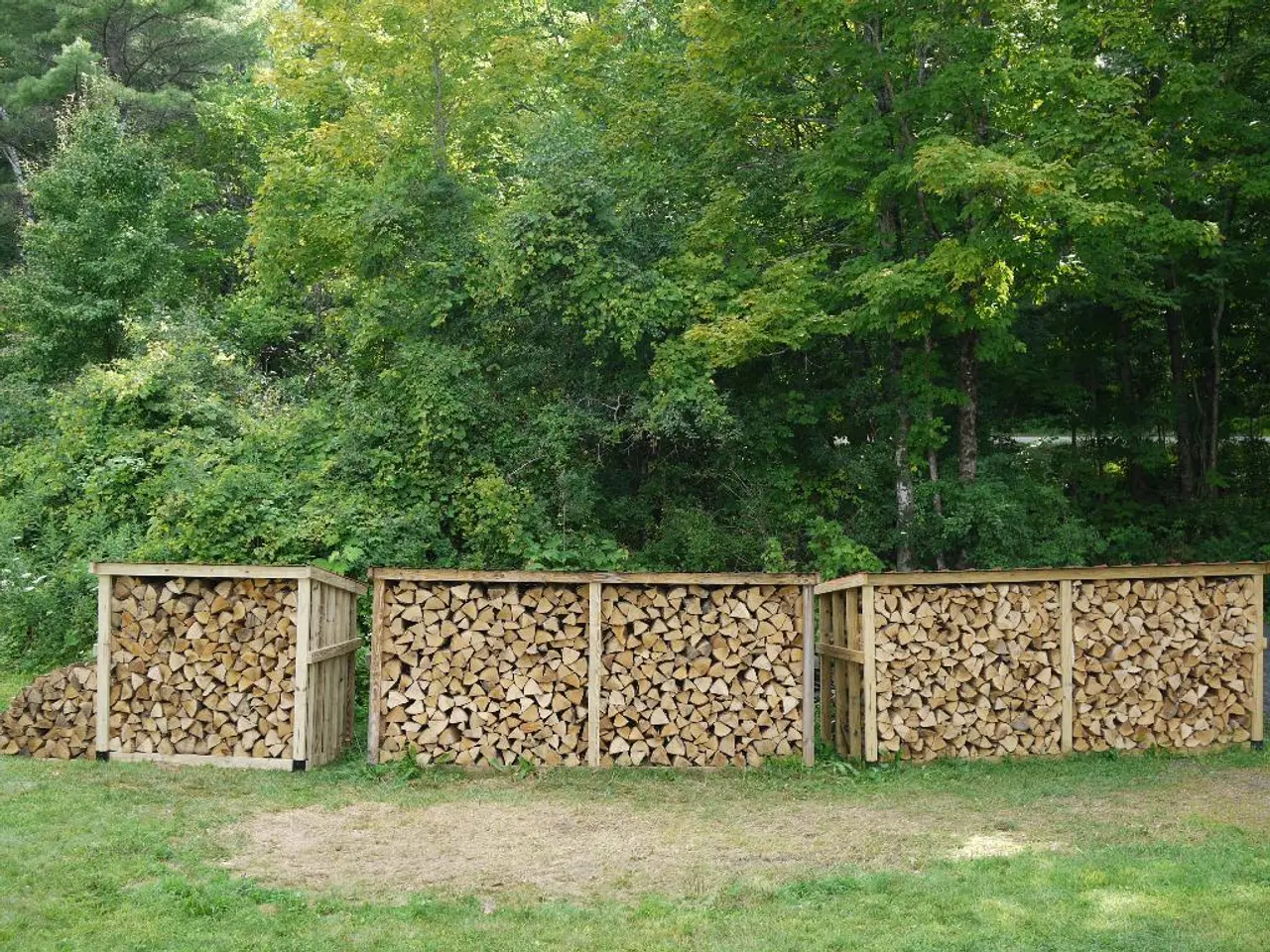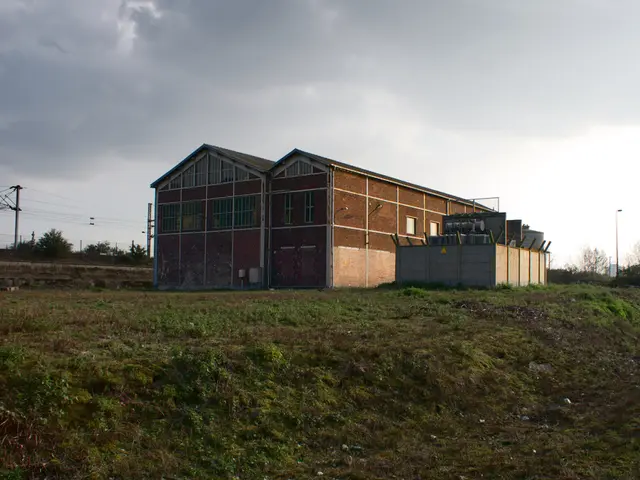Managing the Lifecycle of Mass Timber: Strategies for Disposal and Recycling Post-Construction
Canada has a unique opportunity to take the lead in end-of-life management for mass timber, a promising low carbon construction material. This is crucial as effective strategies are essential to determine whether mass timber truly functions as a climate solution or merely a temporary pause in the carbon cycle.
Traditional landfill is the least effective option for managing mass timber at end-of-life, as much of the carbon stored decays, producing methane—a greenhouse gas with a global warming potential dozens of times higher than CO2 over 20 years, making landfills a climate liability.
By 2035, landfill of wood could be nearly eliminated, replaced by a mix of reuse, recycling, carbonization, and capture. One such method is biochar, a carbon-rich char produced by heating wood in the absence of oxygen, which resists decomposition for centuries and can be used in various applications like soils, concrete, or asphalt.
Direct reuse of timber components in new structures is the most effective path for maintaining its carbon advantage, with some projects already demonstrating this is possible. Cascading uses, such as downcycling into smaller components, furniture, or composite products, is another path that delays the release of carbon and reduces demand for virgin material.
Bioenergy with carbon capture and storage is another option, where waste wood is combusted to produce energy, and the CO2 is captured and stored underground. Thermolysis to produce biocrude for biofuels, biodigesters to create methane, and engineered burial are other potential end-of-life strategies for mass timber.
Engineered burial of wood in dry, oxygen-free vaults underground can retain more than 99% of carbon for over a hundred years, with costs estimated at $100 to $200 per ton CO2. Global policy is moving towards embedding whole life carbon assessments in building codes, including end-of-life, and Canada and the US are under pressure to tighten methane regulations.
A balanced approach to policy for mass timber end-of-life should establish broad policies that eventually apply to all construction materials, or fund future recovery through collective mechanisms such as carbon markets or federal funding. Material passports that record what timber is in a building and how it can be disassembled can make reuse practical.
Current activities in Canada to develop end-of-life strategies for mass timber focus on addressing the sustainability and circular use of wood materials, including research on chemical modification and recycling processes to improve durability and reusability. Most relevant current research is about advancing wood construction technologies and digital strategies to enable circular building and efficient reuse of wood components.
Mass timber, such as cross-laminated timber (CLT), is a leading candidate for reducing the carbon footprint of construction, as it can displace high emission materials like concrete and steel, and carries biogenic carbon stored from the atmosphere into buildings. Effective end-of-life management is what will turn mass timber from a promising low carbon material into a reliable negative emission pathway.
Read also:
- Understanding Hemorrhagic Gastroenteritis: Key Facts
- Stopping Osteoporosis Treatment: Timeline Considerations
- Tobacco industry's suggested changes on a legislative modification are disregarded by health journalists
- Expanded Community Health Involvement by CK Birla Hospitals, Jaipur, Maintained Through Consistent Outreach Programs Across Rajasthan








